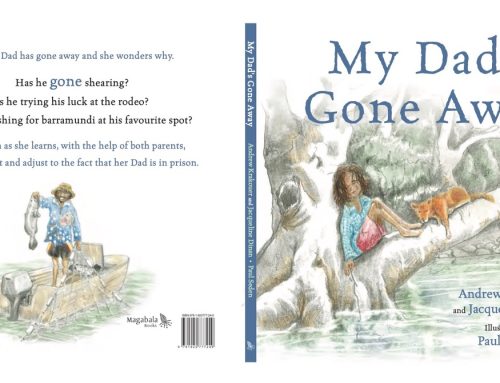Research Methods in the Health Humanities
Research Methods in Health Humanities Edited by Craig M. Klugman and Erin Gentry Lamb. Publisher: Oxford University Press, 2019. ISBN-13: 9780190918514. DOI: 10.1093/med/9780190918514.001.0001
There’s been a slow and beautiful awakening in health and medicine as they engage with the arts. The Introduction to this book offers a brief and well referenced sketch of this awakening, starting from the ‘medical humanities’ of the 1970s and 1980s, where doctors turned to the liberal arts to ‘humanise’ what was becoming increasingly technologically-mediated medical training, to the turn to the ‘health humanities’ in the 1990s, and now to an era where we need thoughtful research methods to support high quality work in this burgeoning area. This is, of course, the contribution the authors offer in this volume.

What distinguishes the ‘health humanities’ from the ‘medical humanities’? How should we characterise this field? The authors tell us: health humanities focuses on health, which is broader than just medicine. Exploring the human condition of health, wellness, illness, sickness, and mortality is a necessary task for all people. Even more importantly, health humanities views health, and medicine, as cultural enterprises that occur in societies, cultures, and systems. As Therese Jones and her colleagues suggested, epidemiological evidence shows “medicine is only a minor determinant of health in human populations alongside other social factors such as class, education, occupation, environment, race, and stigma” (933). As a result: health humanities is united not by method, but by values. As a result, the health humanities are not just about understanding human experiences of health and healthcare; it is centrally about wielding a persistent voice of critique and working explicitly toward social justice.
The authors also claim that the health humanities is an applied enterprise. And the book is aimed at people engaged in programs ‘on the ground’ and undergaduates in the growing numbers of Health Humanities degree programs, such as that at UWA – the only such degree in Australia at present. Because the health humanities is a very broad and ecumenical church (I struggle with whether to refer to ‘it’ in the single or plural), providing some methodological coherence is useful. This is not a review of the book, but a glance at the contents list indicates that the emphasis comes from literary studies, and progresses from exploring how we read and interpret texts, to how we understand contexts for those texts, to how we ‘read’ and understand people in their contexts. The final section summarises mixed methods approaches to evaluation.
If you read this book or chapters from it, please feel invited to review them here!





